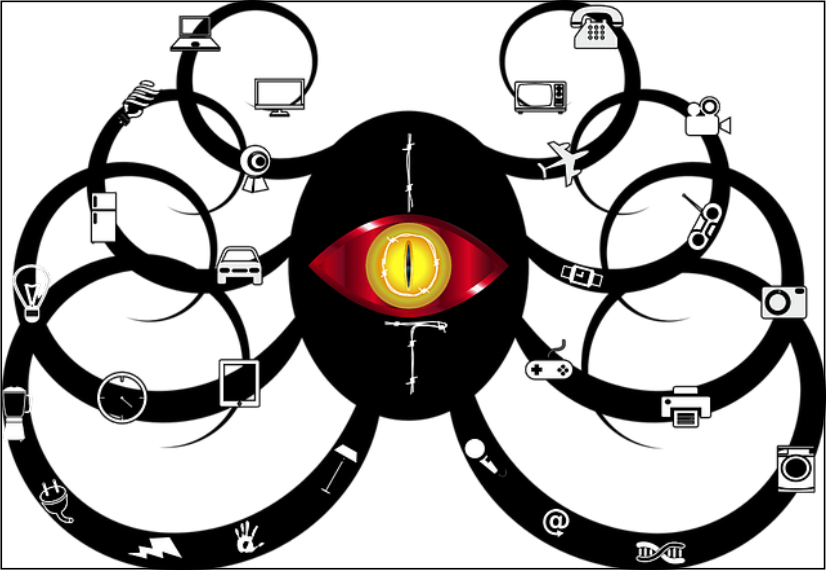In the renewable energy industry, wastage is a big problem in China. The Internet of Energy is a solution to help manage demand and avoid blackouts. According to Nicola Shaw, UK based National Grid plc executive director: “between 30% – 50% of fluctuations in the grid could be solved by both households and businesses adjusting their demand at peak time”. Companies such as General Electric are building an Internet of Energy. Marriott Hotels is planning to expand the idea of real-time monitoring of equipment across the hotel chain.
“Uberization” of Energy is a new trend in the energy industry. IOT enables innovation of leveraging devices, data and remote access. To capitalize on this new energy landscape, the physical grid must evolve to “Internet of Energy”. Internet of Energy is a growing market worth $89bn by 2030. IoT technology help improves the efficiencies of the Internet of Energy and helps the growth of renewable energy.
Various companies have started implementing IoT technology into the way they either produce, transmit, or consume energy. Grid infrastructures can be upgraded with IoE technology to produce and transmit energy more efficiently. IoE fosters the implementation of smart grid technology to collect data all the way to the grid’s edge and facilitates the integration of renewables. This data is used to aid in utilities’ decision-making related to load balancing and forecasting.

Internet of energy is a network of devices, energy systems, network plants, generator plants, and network components. Network elements exchange information among each other. To take the current energy grid where the information is unidirectional communication to interactive communication, the approach will be evolutionary instead of big bang re-engineering. New business models, new players in the market will evolve in the next generation Smart Grid – Internet of Energy. This will consist of various aspects such as distributed energy resources, energy storage, electric transportation, network communications, advanced metering infrastructure, distribution grid management, and cybersecurity.
Every new participant in a network increases the possibilities and opportunities for the overall system. Network’s value grows when a simple power grid evolves into a comprehensive energy network. Surplus electricity from one source can provide the basis for generating other forms of energy in another sector. Networking technologies will gain new meaning in this process of transformation. The power grid will develop into a new, world-changing network: the internet of energy.
Tapping energy from renewable sources is cost-effective than the generation of energy from fossil or nuclear sources. There are challenges in integrating the network of energy resources with the smart grid. Energy plans and agreements are defined in rigid and processed environments. Grid operators have a natural monopoly over managing the transaction environment. The system does not make use of regional, distributed intelligence provided by new energy assets and the IoT.

A flexible infrastructure can bring in added revenues for both operators and asset owners. As people buy energy assets for their own homes and buildings, they are becoming more independent from the energy infrastructure in the process. Patterns of grid use are changing and operators are becoming big data users and they are offering AI for predictive maintenance, outage prevention, and improved quality of service.
The expanding use of IoT technology is transforming the world of energy. Collaboration, cooperation, and innovation are updating the energy infrastructure to provide greater support micro-transactions and system flexibility. Blockchain, security solutions, and certificate managers form a core of the new system to create a trusted transaction environment. The integrity of data can be protected across the entire energy ecosystem and maintained over the full lifetime of any connected asset.
What’s Next?

In situations where energy assets are operated in a decentralized manner and use of them can be “Uberized”, blockchain offers a cost-effective way for smart contract-based transactions with the flexibility and scalability needed for energy management. In a shared property like an apartment building, individual tenants might wish to be charged separately for their energy consumption. Blockchain can also support micro-transactions between individuals, a necessary component of the new Internet of Energy. Blockchain technology can be generator of another revenue source. When off-grid for new sources of energy such as solar, wind, waves and other emerging power generation technologies, the grid can be utilised for a blockchain computing.


Comments
Comments are closed.